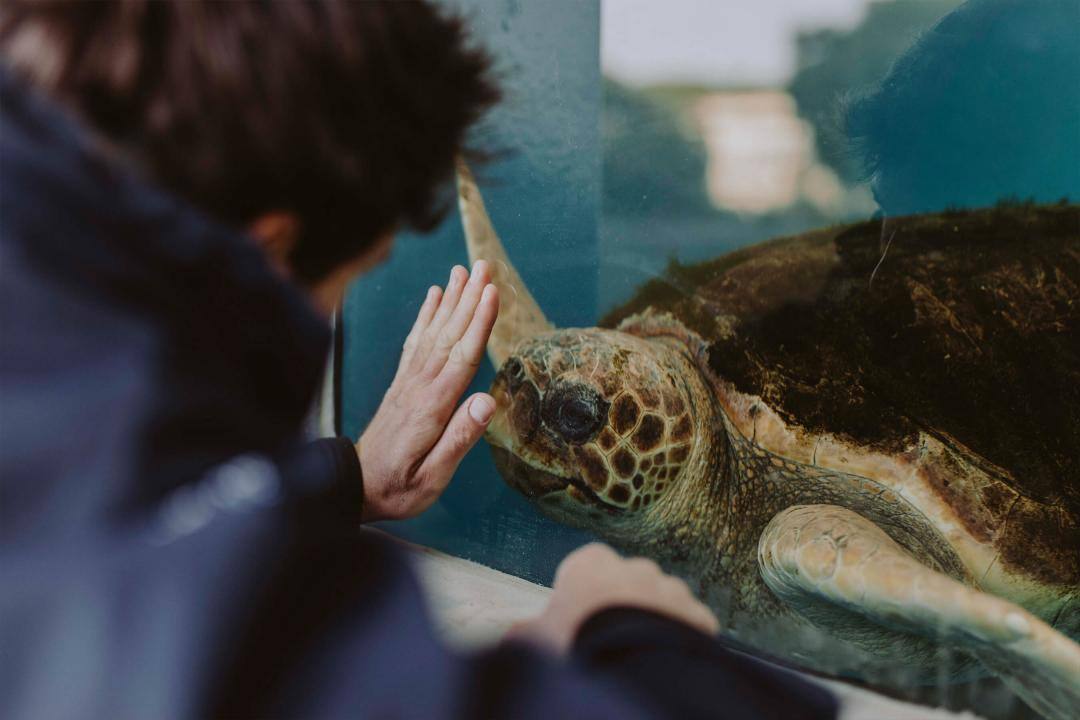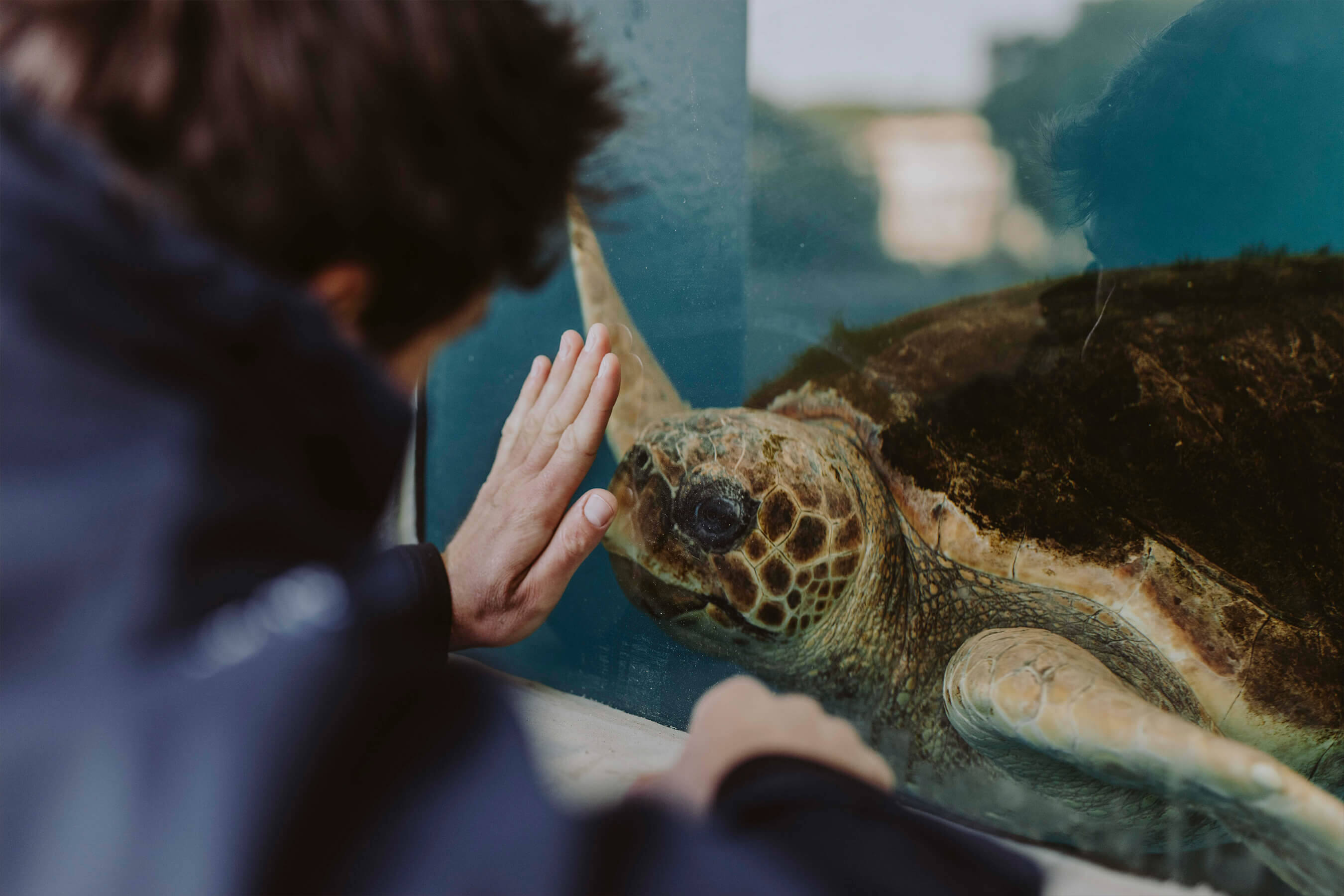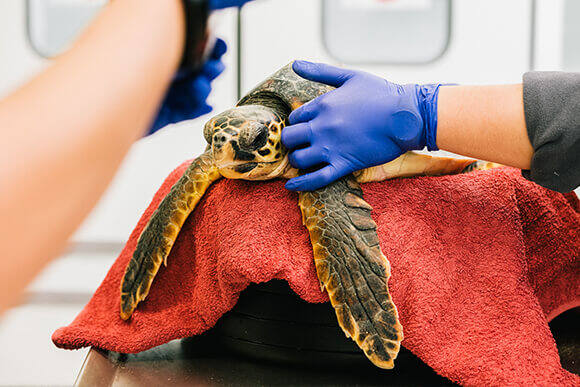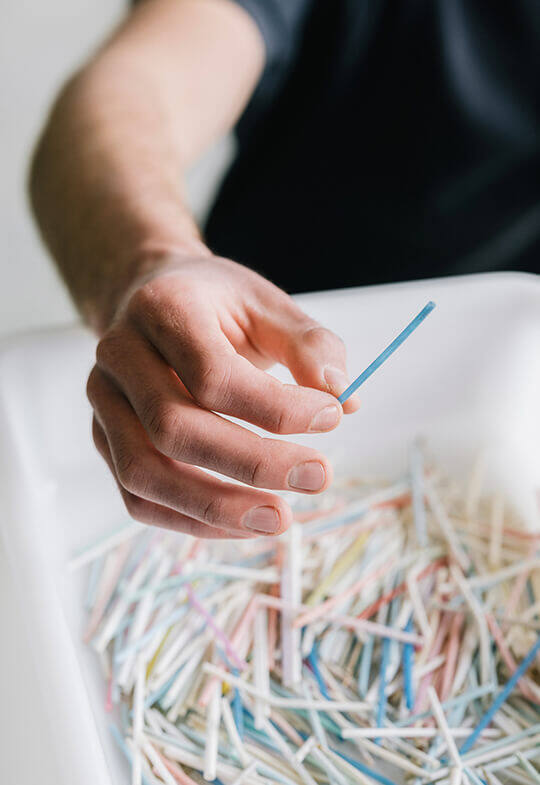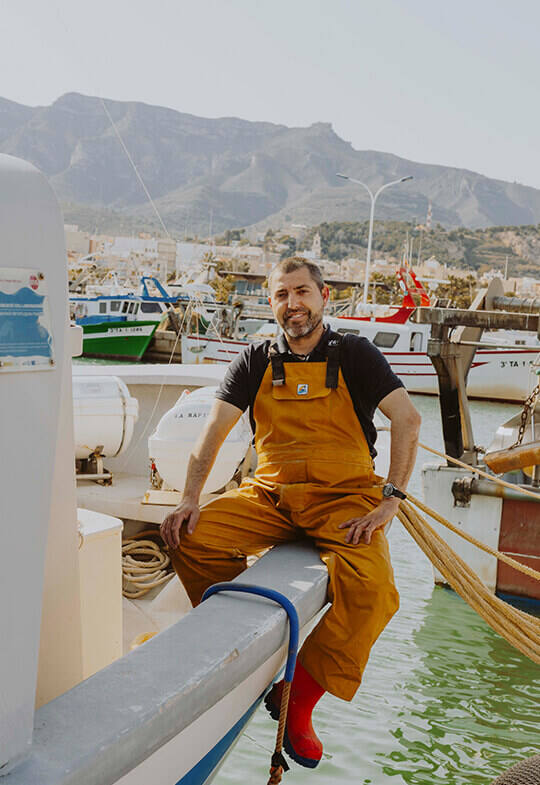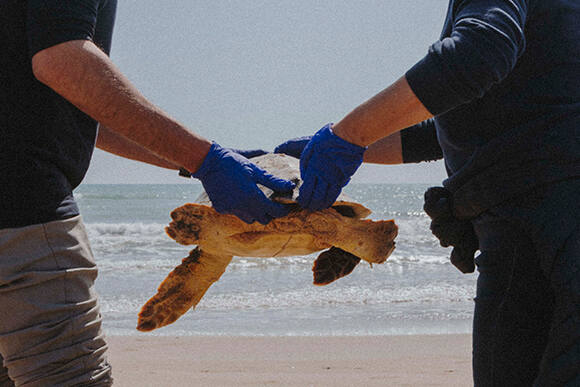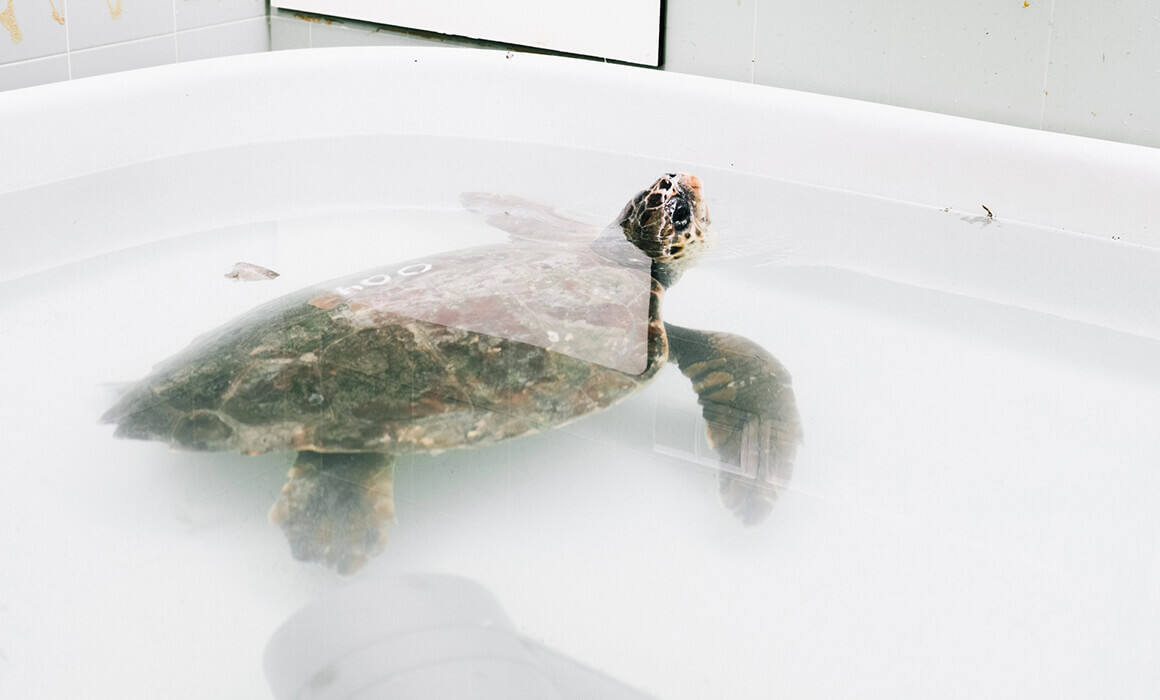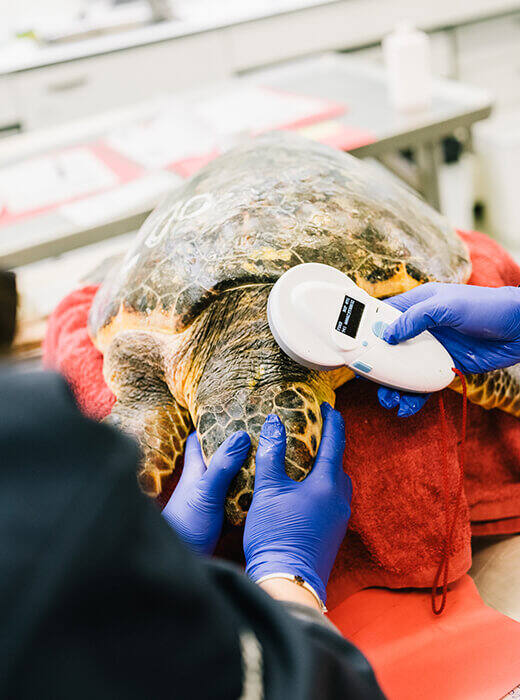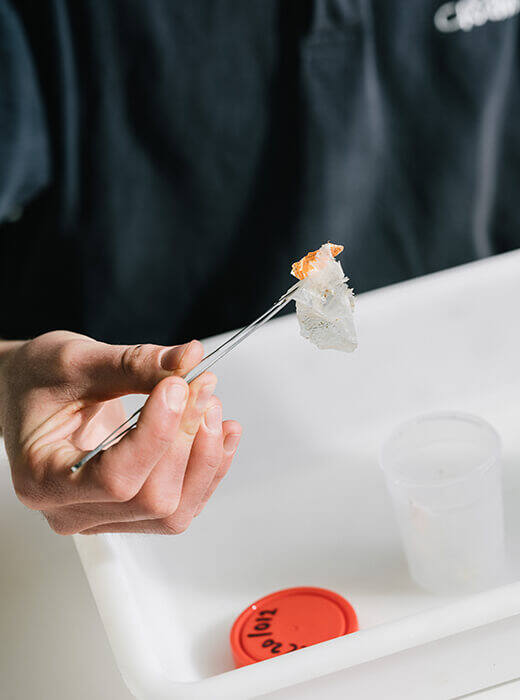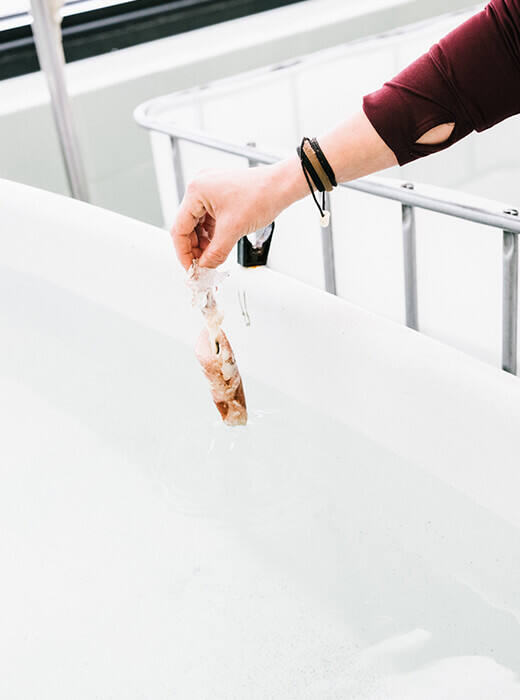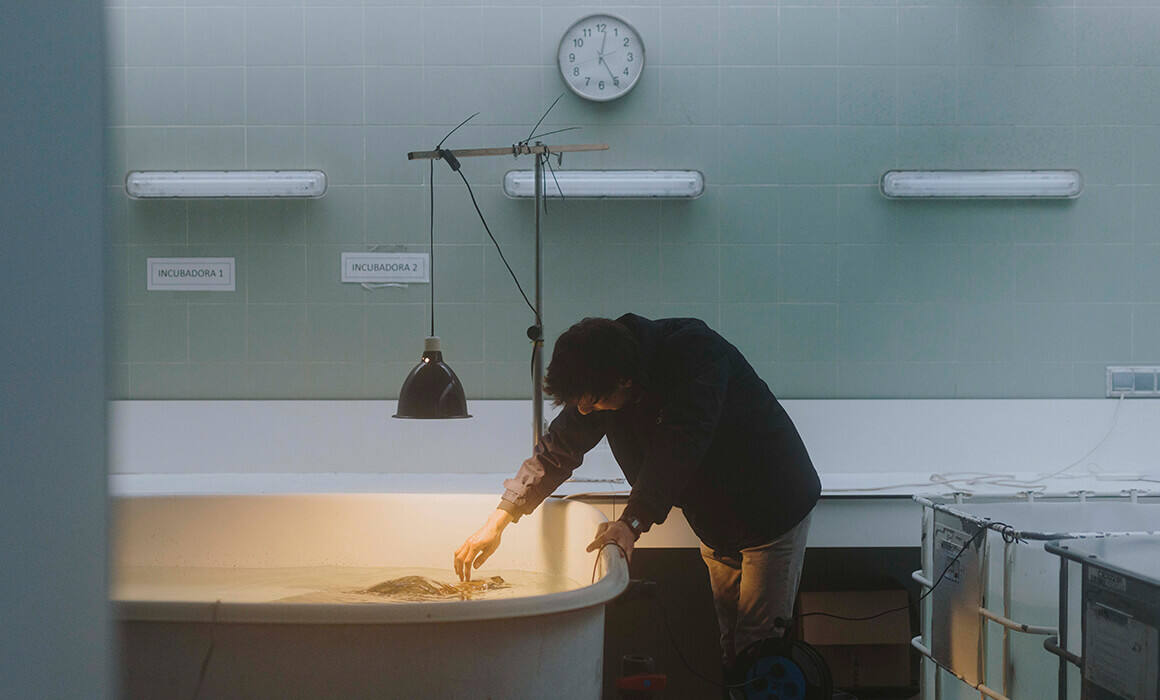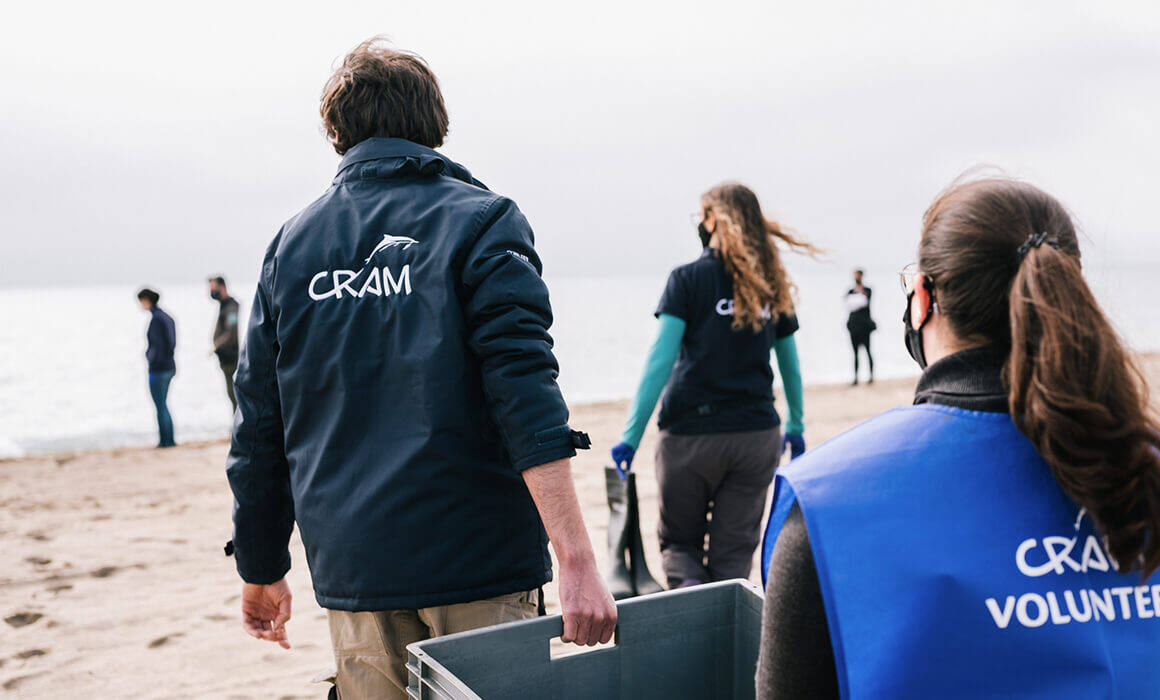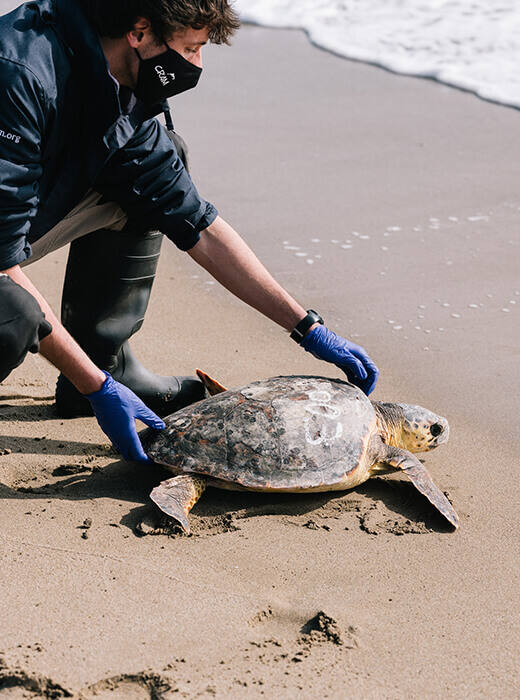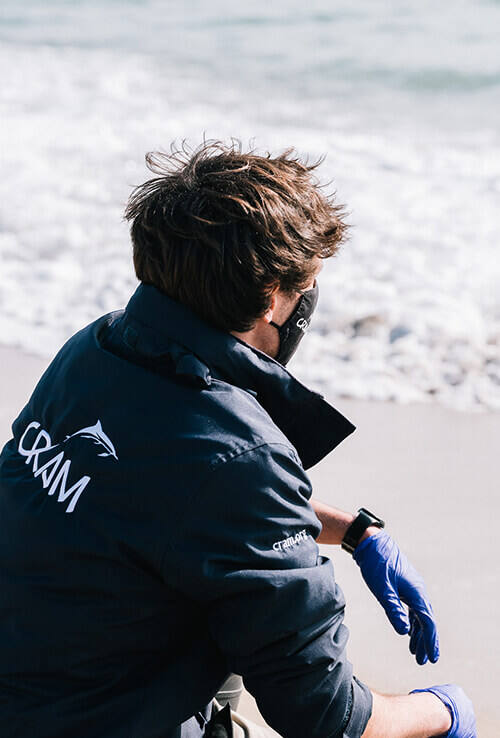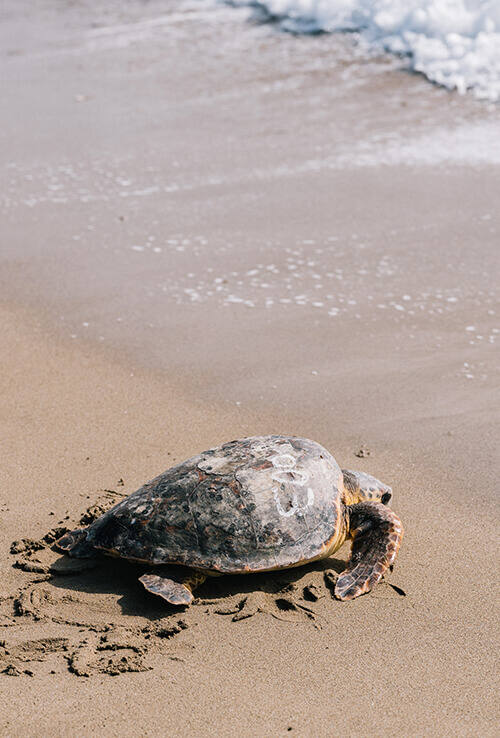No.
It wasn’t a long or transcendental conversation. Nothing epic here. That morning, Guillem Figueras, who grew up in a house less than a hundred metres from the beach, went into the kitchen almost resolved to accept a permanent contract as a salesman. Breakfast was ready, his dad sitting across the table from him. After laying out his arguments, Guillem received a nine-word response that was more than enough: “You have the rest of your life for that,” said his father. And everything changed. Guillem didn’t take the job, instead he began volunteering at the Rehabilitation Centre for Sea Animals (CRAM) and ended up leading one of its most important projects: the sea turtle clinic and rescue. Today, he feels he has rekindled his connection with the sea, and the decision he made six years ago makes more sense with every release.

